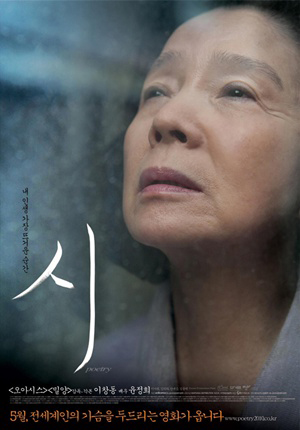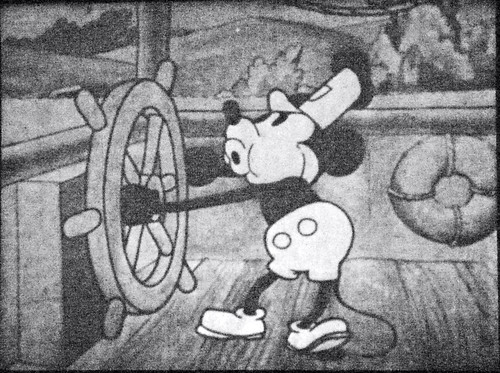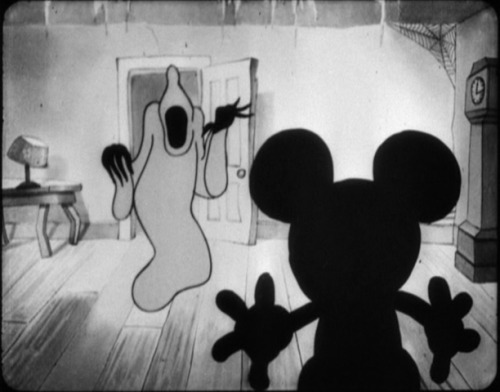As we are all too aware of, nostalgia is certainly a powerful phenomenon to come by. In some cases, such a copious embracing of ones past could be so difficult to fully escape. It may perhaps even shape the very person we have become, and make it nearly impossible to maintain any other way of living. Thus is the situation of Nadezhda Petrovna, the protagonist of Larisa Shepitko’s beautiful character study, 1966’s Wings. Upon the first minutes of the film, we learn that she has just been assigned a position as headmaster at a local school. Throughout the film, however, it is presumed that the oppressive atmosphere of the school - and soon, even her life itself - permeates around her like a fog. She seems cold and distant from the world around her for reasons that, for the most part, remain ambiguous. The narrative of the film is peppered by a series of flashbacks and images that reveal Nadezhda’s previous position - that of a prestigious WWII fighter pilot. This excitement of her past fame, and inability to assume the present, has left her blatantly disillusioned; the rest of the film outlines this tragic circumstance, as she desperately clings for something to live for in this inescapable monotony.
Her yearning for the past is further accentuated by the tedious ongoings of her day-to-day life, both in and out of her workplace. The ongoing conflicts that occur between her students, though relatively trivial, are just enough to put a weight on the rest of her day. With her being so lonely most of the time, the slightest notion of disdain from the children is taken with heightened importance. Luckily, such instances are also often accompanied by moments of bliss. In one particularly pleasing scene, Nadezhda volunteers her participation in a school play, dressing up with other students as giant matryoshka dolls. However, such moments are always fleeting, and never promising the prolonged happiness she so desires most.
Altogether, Wings is a story of self-discovery. Although Nadezhda is definitely past her prime, she still remains stuck in a position of absence, unsure how to cope with reality after being hailed as a war hero for quite some time. Her role as a protagonist is unique for this very reason. As viewers, we follow her into her conscious realization of her diminished splendor in the real world. The first time we meet her, she is getting measured for a suit, being told that she is of “standard size”. Though her physical appearance is not without a tinge of sternness that echoes her previous military experience, she is still rather plain. Outside of the war zone, she is simply another representative pawn in the society surrounding her. Later, she hears her name mentioned in a museum exhibit, in regards to her feats of heroism during the war. It is then when she is taken aback by the fact that she herself has made a mark in history, and a fragment of herself is bound to be present far after her death.
Wings is certainly an important, unique film by an innovative filmmaker, whose life was tragically cut short before given an opportunity to achieve a prominent legacy. Each and every scene is shot with the utmost precision, and although it does move at a slow pace, there is hardly a dull moment. It is not exciting in the conventional sense and nothing very profound happens - yet at the same time, so much is accomplished. The compelling presentation of Nadezhda’s character is mastered wonderfully by actress Maya Bulgakova. Using only natural body language, dialogue, and gestures, she is able to transform into a character who is both emotionally blank and deep in contemplation and desire. The cinematography also effectively captures the various shifts in mood from instance to instance - from the mundane school life, to the soaring shots of planes in the sky. There is truly no other film quite like this one, that so eases through the complexities of a single character-driven story in such a magnificent, poetic manner. Though it has been unfortunately forgotten by many, its overall importance is undeniable.



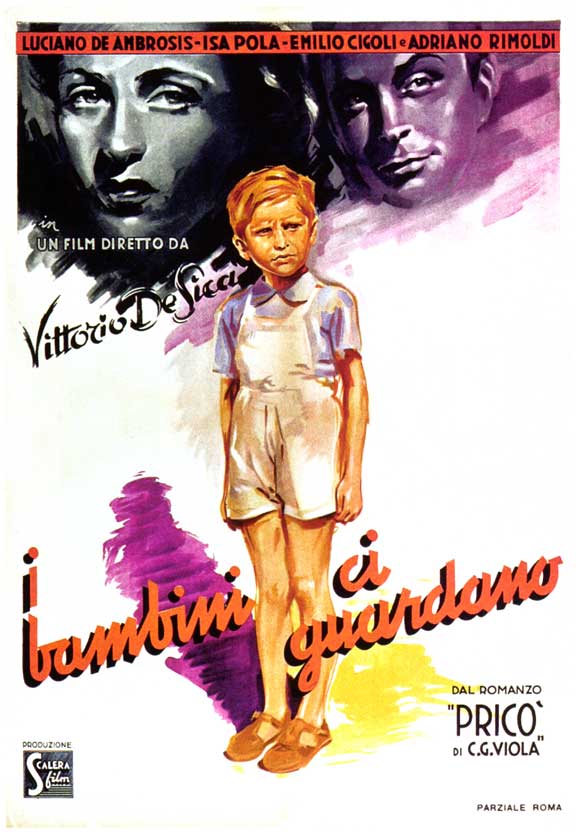


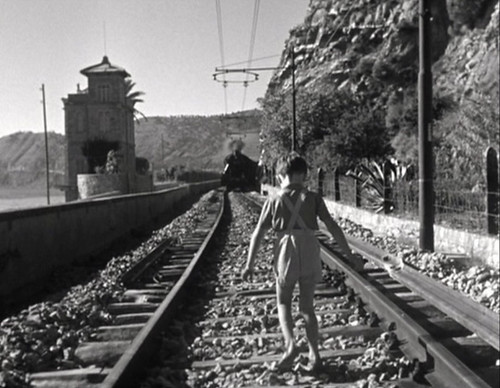





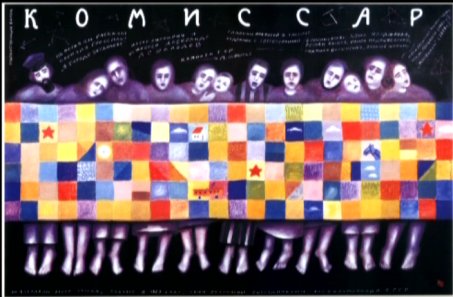
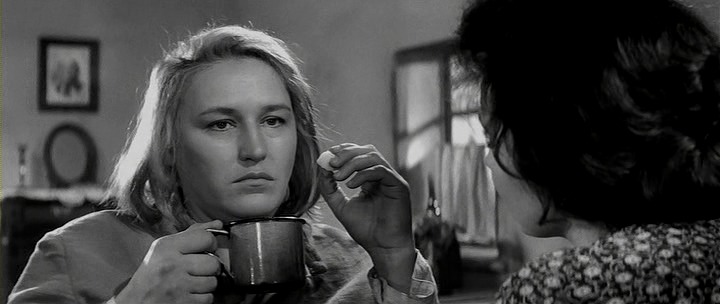
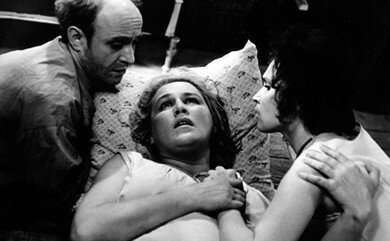
o3BPNBmuBV)w~~60_57.jpeg)

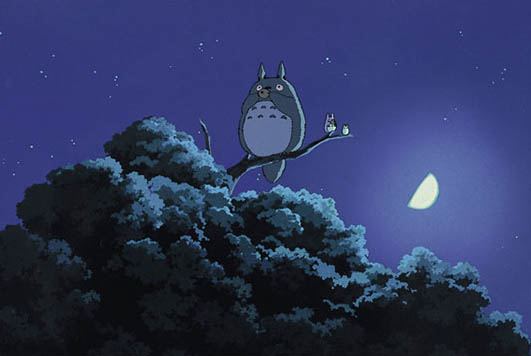



_02.jpg)
